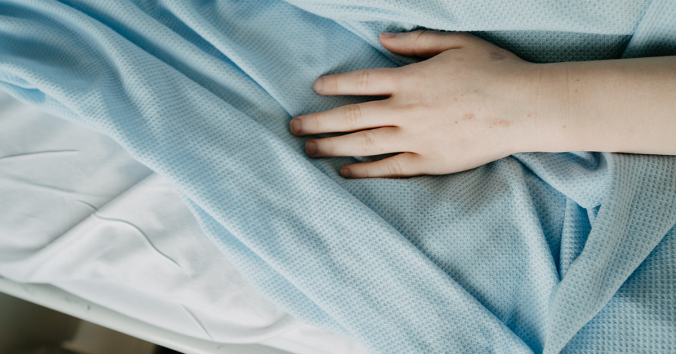Detecting consciousness in brain-damaged patients can be a huge challenge and the results are often uncertain or misinterpreted. In a previous post on this blog I described six indicators of consciousness that I introduced together with a neuroscientist and another philosopher. Those indicators were originally elaborated targeting animals and AI systems. Our question was: what capacities (deducible from behavior and performance or relevant cerebral underpinnings) make it reasonable to attribute consciousness to these non-human agents? In the same post, I mentioned that we were engaged in a multidisciplinary exploration of the clinical relevance of selected indicators, specifically for testing them on patients with Disorders of Consciousness (DoCs, for instance, Vegetative State/Unresponsive Wakefulness Syndrome, Minimally Conscious State, Cognitive-Motor Dissociation). While this multidisciplinary work is still in progress, we recently published an ethical reflection on the clinical relevance of the indicators of consciousness, taking DoCs as a case study.
To recapitulate, indicators of consciousness are conceived as particular capacities that can be deduced from the behavior or cognitive performance of a subject and that serve as a basis for a reasonable inference about the level of consciousness of the subject in question. Importantly, also the neural correlates of the relevant behavior or cognitive performance may make possible deducing the indicators of consciousness. This implies the relevance of the indicators to patients with DoCs, who are often unable to behave or to communicate overtly. Responses in the brain can be used to deduce the indicators of consciousness in these patients.
On the basis of this relevance, we illustrate how the different indicators of consciousness might be applied to patients with DoCs with the final goal of contributing to improve the assessment of their residual conscious activity. In fact, a still astonishing rate of misdiagnosis affects this clinical population. It is estimated that up to 40 % of patients with DoCs are wrongly diagnosed as being in Vegetative State/Unresponsive Wakefulness Syndrome, while they are actually in a Minimally Conscious State. The difference of these diagnoses is not minimal, since they have importantly different prognostic implications, which raises a huge ethical problem.
We also argue for the need to recognize and explore the specific quality of the consciousness possibly retained by patients with DoCs. Because of the devastating damages of their brain, it is likely that their residual consciousness is very different from that of healthy subjects, usually assumed as a reference standard in diagnostic classification. To illustrate, while consciousness in healthy subjects is characterized by several distinct sensory modalities (for example, seeing, hearing and smelling), it is possible that in patients with DoCs, conscious contents (if any) are very limited in sensory modalities. These limitations may be evaluated based on the extent of the brain damage and on the patients’ residual behaviors (for instance, sniffing for smelling). Also, consciousness in healthy subjects is characterized by both dynamics and stability: it includes both dynamic changes and short-term stabilization of contents. Again, in the case of patients with DoCs, it is likely that their residual consciousness is very unstable and flickering, without any capacity for stabilization. If we approach patients with DoCs without acknowledging that consciousness is like a spectrum that accommodates different possible shapes and grades, we exclude a priori the possibility of recognizing the peculiarity of consciousness possibly retained by these patients.
The indicators of consciousness we introduced offer a potential help to identify the specific conscious abilities of these patients. While in this paper we argue for the rationale behind the clinical use of these indicators, and for their relevance to patients with DoCs, we also acknowledge that they open up new lines of research with concrete application to patients with DoCs. As already mentioned, this more applied work is in progress and we are confident of being able to present relevant results in the weeks to come.

Written by…
Michele Farisco, Postdoc Researcher at Centre for Research Ethics & Bioethics, working in the EU Flagship Human Brain Project.
Farisco, M., Pennartz, C., Annen, J. et al. Indicators and criteria of consciousness: ethical implications for the care of behaviourally unresponsive patients. BMC Med Ethics 23, 30 (2022). https://doi.org/10.1186/s12910-022-00770-3
We have a clinical perspective





Recent Comments